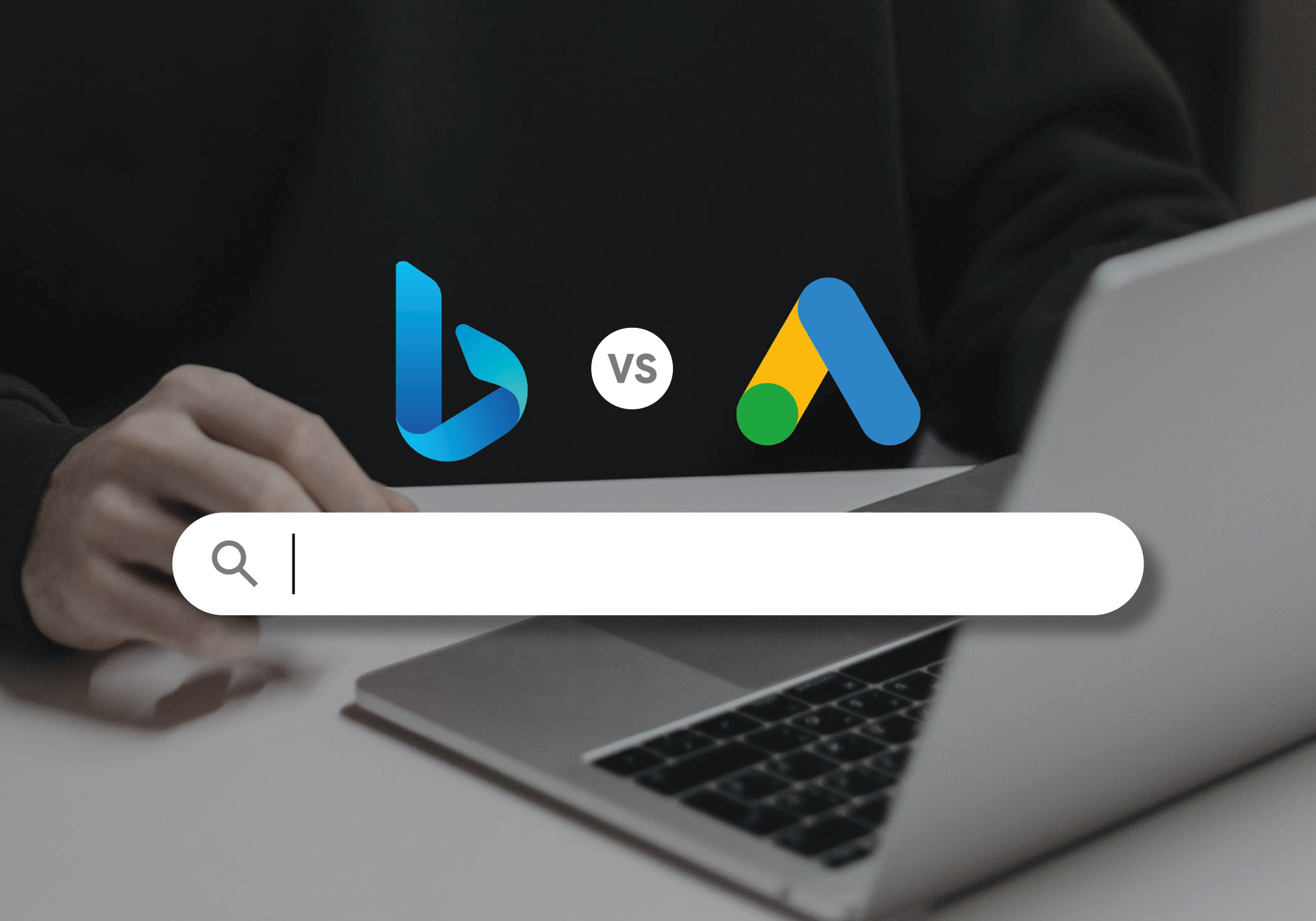Shopify or WooCommerce?
Who doesn’t love a good battle? In this post, we’ll share our thoughts on who would win in a fight – Shopify Vs WooCommerce. Shopify launched as an eCommerce platform in June 2006. Because it was a simple, hosted solution for online retailers, Shopify quickly gained traction and is being used by nearly 5m merchants today, with total gross merchandise volume exceeding $80 billion.
In 2011, WooThemes introduced a WordPress plugin named WooCommerce. Because it was a free plugin and the majority of people were already using WordPress, WooCommerce became even more popular than Shopify. Today, more than 7m retailers, or a whopping 30% of eCommerce sites run on WooCommerce.
Does it mean WooCommerce is a better eCommerce solution than Shopify, because more people are using it? Like many other big questions, this one also has no simple answer. So, let’s dive deep into both platforms and try to figure which one is more suitable for building and growing your online shop.
A Multilevel Comparison of Shopify and WooCommerce (with Small Business in Mind)
For the purpose of comparison, our big question can be broken down into multiple smaller questions that have to be answered before a verdict can be issued. When people compare the two platforms, they’re basically concerned about the following:
Pricing – which one is more economical in the short and long run?
Design and Aesthetics – which platform has better aesthetics and customizability?
Features and eCommerce tools – which platform offers better eCommerce options to “woo” your customers?
Customer support – what happens when things go south?
SEO and Trackability – which platform gets more organic traffic and is easier to track?
Let’s compare the two hugely popular technologies along these dimensions and try to reach a conclusion.
Shopify Vs WooCommerce: Pricing
Shopify pricing
Shopify offers a monthly pricing structure starting at £19 per month. This includes hosting as well as all major e-store features such as shipping label discount, discount codes, and manual order creation. Although it doesn’t include card processing fees. There’s an additional 2% + 25p per transaction to add to the cost.
If you need more features, you’ll need to upgrade to Pro (£49/mo) or Advanced (£259/mo) plans.
The pricing is reasonable value when you consider that you get a hosted solution (although the servers are in the US, which isn’t great for SEO in the UK), customer support and all basic eCommerce functionality within your monthly plan. Unfortunately, there’s a catch.
Although the default Shopify Payment gateway is free to use, you’ll need to pay from 1.5% (for Advanced accounts) to 2% of the sale as a transaction fee whenever an external payment gateway is used. The actual amount you pay for Shopify will depend on how much you sell.
WooCommerce pricing
Unlike Shopify’s conventional monthly pricing, WooCommerce follows a “freemium” pricing model. The WooCommerce plugin is absolutely free to install and use. However, you might need additional plugins to meet your eCommerce functionality needs. These plugins can cost you up to £200 per year or more, depending upon the features you need.
You can process payment through PayPal, eWay, SagePay, Stripe, or Braintree as standard. Although we recommend using Stripe for the best security checks and transaction fees.
Another cost associated with WooCommerce is the hosting cost. Shopify is a hosted solution that comes with a free SSL certificate (Basic and up). With WooCommerce, you’re going to need to pay extra for hosting, security and speed with a hosting provider.
Do we have a winner on pricing?
Shopify appears to be a cost-effective option for eCommerce startups. You can have your own store, complete with hosting, SSL security, and all basic selling features, for as low as £19 per month. The transaction fee you pay depends on the volume you sell, so there’s no upfront cost to be paid.
Although WooCommerce is free. Yes, you’ll need to buy hosting before you can start selling, but that should still be cheaper than Shopify.
Shopify Vs WooCommerce: Design & Aesthetics
Shopify design & themes
Shopify comes with visually stunning themes, which are as engaging for your customers as they’re beautiful. Even the free themes are good straight out of the box. You can customise them by changing the colours and layout, but there are tonnes of premium themes available if you want to go for something more spectacular and unique. They will cost you from $100 to $1000 each.
As for usability, you can change the style and colour of any theme without knowing anything about coding. For bigger changes, you’ll need a developer specialising in “Liquid,” Shopify’s programming language.
WooCommerce design & themes
WooCommerce is equally as good when it comes to visual appeal and aesthetics. Being a WordPress plugin, WooCommerce can run on any WordPress theme, although the free themes are often worthless. Premium WooThemes are priced at $79 to $139, and you can buy all of them for $399. There are thousands of more themes available from other developers, so you might feel a bit spoilt for choices.
With WordPress being an open-source platform, you can modify any theme in any way you like, either by using plugins or writing your own code.
Which is best for design?
Although it’s hard to say which particular platform has better design and aesthetics, Shopify will get your sleek and fashionable store up and running more quickly than WooCommerce. You can dice and slice WooCommerce themes any way you like, but it’s just more and more work.
So if you’re after a simple setup, Shopify is for you. If you’re after something specific, you’re more likely to find it with WooCommere.
Shopify Vs WooCommerce: Features and eCommerce Tools
Shopify features
Shopify, being a purpose-built e-store software, comes loaded with most essential eCommerce features. You can install Shopify apps to acquire many additional functionalities and have the following features right from the outset without any additional cost:
- Sell on Facebook
- Create discount codes
- Offer gift cards (on Professional and Unlimited)
- Import products using CSV files
- Amend shipping options
- List different product variations
- Include individual product reviews
- Install cart recovery systems (on Professional and Unlimited)
For eCommerce retailers that want to give their customers the ultimate shopping experience, integrate Shopify with their CRM or inventory, or do anything else, there’s no shortage of paid Shopify Apps that can add every imaginable eCommerce functionality to your website.
WooCommerce Features
Like Shopify, WooCommerce also gives you every eCommerce trick in the book to enhance your eCommerce store. There are tons of free and paid plugins from WooThemes as well as third-party developers, that allow you to do just about anything.
WooCommerce is more customisable, though, and developers would have an easier time creating custom functionality.
Which platform offers the best features?
Shopify appears to be the better option for small businesses and startups out of the box. You can probably get all the features you need within your monthly plan.
Similar to the theme so far, Shopify is easier, but the ceiling is probably lower. If you want some custom functionality, WooCommerce would be easier.
Shopify Vs WooCommerce: Customer Support
Shopify support
Shopify has a clear edge here, as it offers 24/7 customer support to each client. Ever since WooCommerce threatened to snatch away customers, Shopify has been beefing up customer care. Right now, they have one of the best support teams among all hosted eCommerce solutions.
WooCommerce support
With WooCommerce being a free platform, users are pretty much left on their own to find their way around. However, a vibrant WordPress community is available to rescue the day on various forums. Many enthusiastic developers will be happy to assist you in clearing bugs without charging a fee.
WooThemes Helpdesk also provides documentation, troubleshooting tips, and step-by-step guidance to build your store from the ground up.
Where can I find the best support?
Shopify wins this one hands-down. Its customer support gives you the reassurance there’s someone you can run to with your issues and glitches. Although WooCommerce isn’t far behind, as you can still get most of the assistance you need at the Helpdesk, there’s nothing like the one-on-one customer service you get with Shopify.
Shopify Vs WooCommerce: SEO & Tracking
Shopify SEO
Shopify can present your content in a visually appealing style, but it’s missing quite a lot of features that would help it perform in search engine results pages. You can easily add basic meta information, titles, and everything else that you need, but there are some technical SEO issues that will hold you back.
You can easily track Shopify traffic and conversions using Google Analytics, but you cannot track events. Another Shopify limitation is that it is missing the i18n/Multilanguage support, which may be a problem if you’re doing business in certain locations.
WooCommerce SEO
WooCommerce is much better for SEO because of its open-source nature. The famous Yoast SEO plugin provides easy content analysis and helps you optimise your meta information, page titles, and content.
You can track your entire WooCommerce site activity with Google Analytics, including events.
Which platform is best for SEO?
WooCommerce has a clear edge because of its technical SEO foundations, along with a better blog feature and availability of multi-language support.
Shopify Vs WooCommerce: So which is best?
Based on the above analysis, a Shopify store is easier to get up and running in the beginning. It is the better option for small businesses and startups with little technical know-how. However, it may become more expensive or limiting when your business grows because you’ll need to pay a transaction-based fee and monthly app subscriptions.
For most businesses, the impact of this fee may be negligible, considering the ease of maintenance and customer support that Shopify provides.
WooCommerce may be a better and more economical option if you’re looking to customise it. But WooCommerce has certain limitations that can make other platforms like Magento or Big Commerce better suited for bespoke and larger eCommerce stores.
In most cases Shopify edges it for start-ups. WooCommerce is better for SEO and more customised websites.








![How can UGC help with your SEO [2024]](https://marketinglabs.co.uk/wp-content/uploads/2024/03/Mel-and-Matt-on-podcast.jpg)

